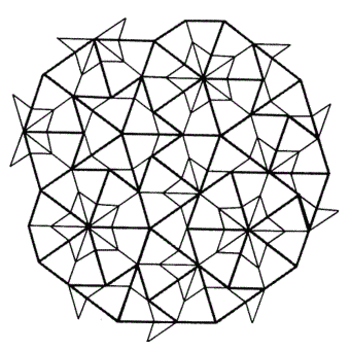The area bounded by the curve #y=3+2x-x^2# and line #y=3# is rotated completely about the line #y=3#. Find the volume of the solid of revolution obtained?
1 Answer
Explanation:
The area are the solution of this system:
And it is sketched in this plot:
The formula for the volume of a x-axis rotation solid is:
To apply the formula we should translate the half moon on the x-axis, the area won't change, and so it won't change also the volume:
In this way we obtain
The translated area now is plotted here:
But which are the a and b of the integral? The solutions of the system:
So
Let's rewrite and solve the integral:
And this "lemon" is the solid obtained:

